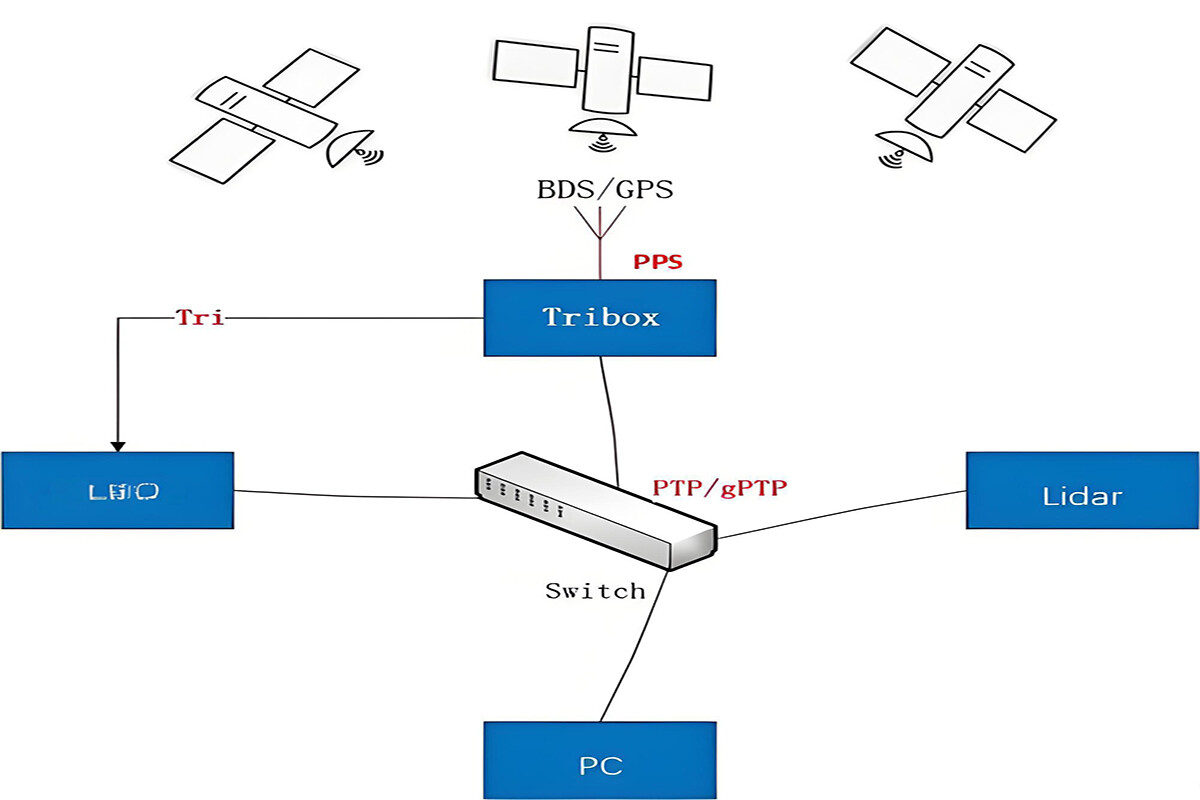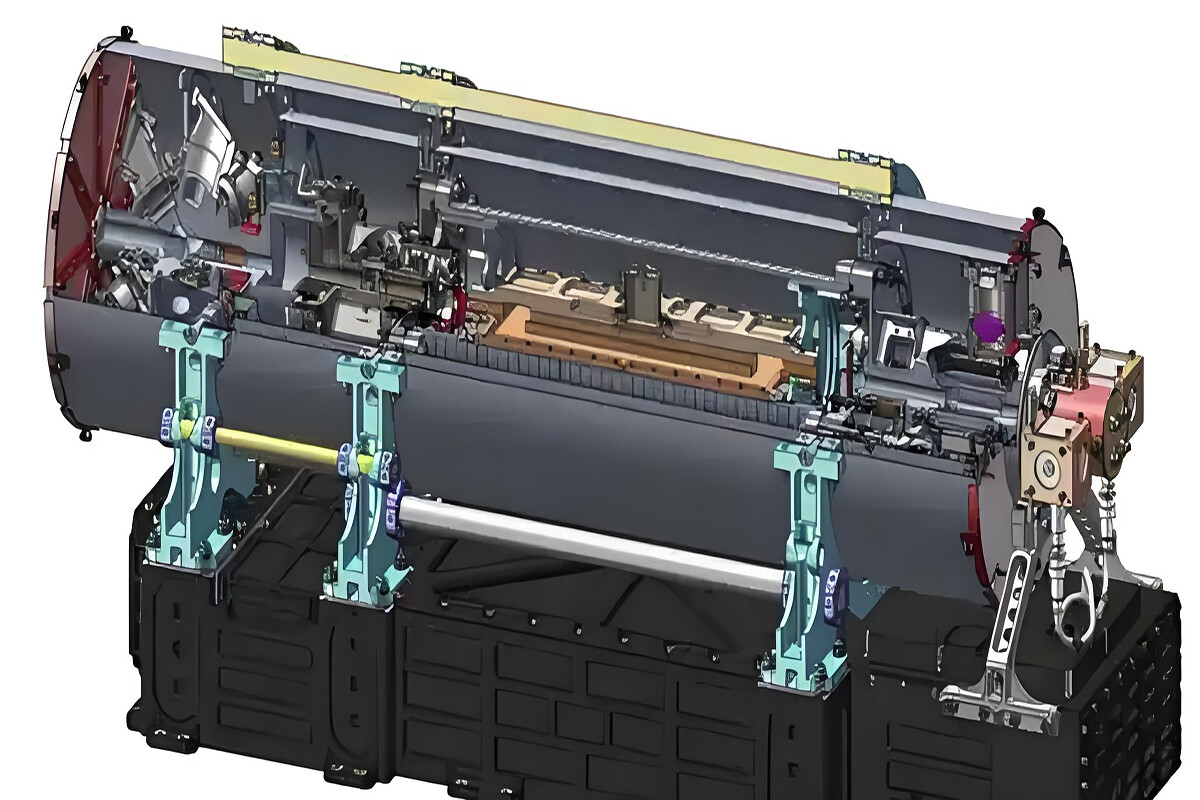RELATED
MESSAGE
1. Insertion Loss:
Refers to the attenuation of the power after the signal passes through the power divider, usually expressed in decibels (dB). The smaller the insertion loss, the smaller the loss of signal power by the power divider and the higher the transmission efficiency. The insertion loss is mainly determined by factors such as the structure, material and manufacturing process of the power divider.
2. Distribution Loss:
For a power divider with equal power distribution, the distribution loss refers to the reduction of the power of each output port relative to the power of the input port due to power distribution. For example, for a two-power divider, the theoretical distribution loss is 3dB (without considering other factors such as insertion loss).
3. Isolation:
Indicates the degree of isolation between the output ports of the power divider, that is, the degree to which the signal of one output port leaks to other output ports. The higher the isolation, the smaller the mutual interference between the output ports. Isolation is usually expressed in decibels (dB), and the isolation of the power divider is generally required to be above 20dB.
4. Standing Wave Ratio:
Reflects the impedance matching of the input port or output port of the power divider. The smaller the standing wave ratio, the better the impedance matching of the port, the smaller the signal reflection, and the higher the transmission efficiency. Ideally, the standing wave ratio is 1, and in practical applications, the standing wave ratio is generally required to be less than 1.5.
CONTACT US
Please use the form below to get in touch.
If you need a reply we will get in touch as soon as possible.





